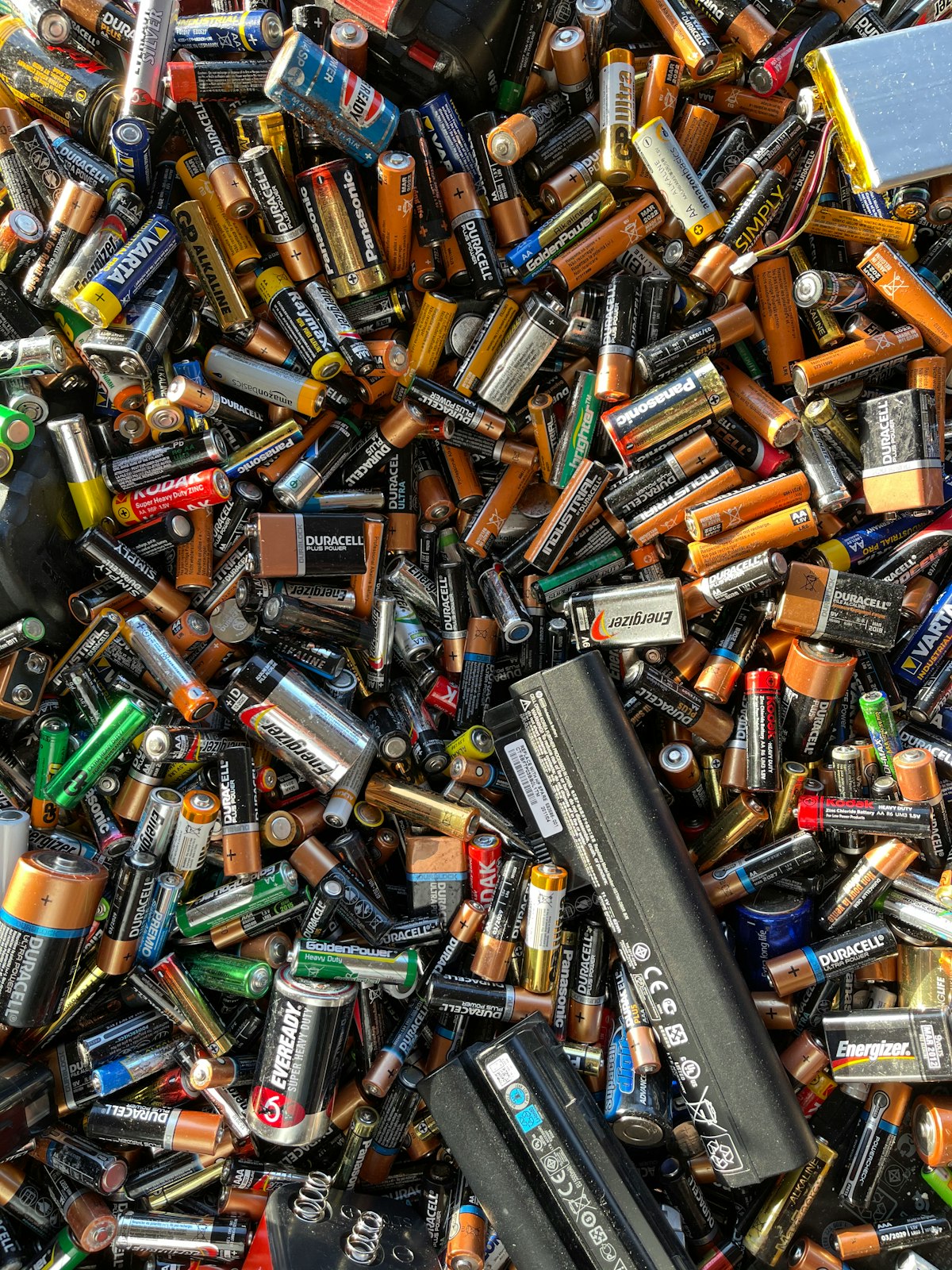Is lithium the mineral of the future?
Lithium is an element that is mainly used in the manufacture of batteries such as those used in cell phones, cars, computers, and tablets.

In recent years, lithium has gained relevance due to its growing demand in the technology market, which is increasing every year. Lithium can store energy, which is why it is mainly used in the batteries of computers, cell phones, and tablets. It is also used in renewable energy infrastructure (such as wind farms or photovoltaic parks). It is also used in electric car systems to make them run, and its salts are used in antidepressant drugs.
Technological demand is increasing and with it the search to satisfy it. Lithium is an element that has been mainly used in the technological and nuclear industries. From 2010 to the present, its production for electric batteries increased. The U.S. Geological Survey recorded that the use of lithium in the production of electric batteries increased from 23% (2010) to 56% (2019) worldwide.
It also has other industrial uses, in the form of lithium stearate, for example, it is used as a thickener for lubricating greases. Other minor uses are in ceramics, to formulate certain porcelain glazes; as an additive, to extend the life and performance of alkaline batteries, and an autogenous (combustion) and brass welding.
Lithium batteries are seen as a replacement for fossil fuels, which is important in the debate on the energy transition: some claim that it is the way to it, and others that it is only the continuation of the extractive accumulation model of the mining industry. The automotive industry has been one of the most interested in promoting electric car projects using lithium-ion batteries. Hence, companies such as Tesla, Honda, Mitsubishi, Nissan, Ford, Toyota, among others, have set their sights on lithium.
The battery industry is dominated by China, followed by Japan, Korea, Hong Kong, and the United States. The market forecasts that by 2025 China will account for half of the global electric vehicle sales. Electric vehicles are presented as an alternative to reduce CO2 emissions. This industry has grown 650%, between 2014 and 2019, as detailed by Martín Obaya and Mauricio Céspedes in their analysis on lithium-ion battery production networks (ECLAC, 2021). China and the United States lead this market, as well as Norway and Japan.
"Europe has initiated a strong battery industry development program since 2017, with the European Battery Alliance."
In Latin America, the picture is different, as the fleet of electric vehicles is very small, as are annual sales. The prices of these cars tend to be available only to one sector. Photovoltaic parks, for example, are a renewable energy option that has attracted attention in recent years. In Mexico, they have represented a challenge, because the projects (mainly foreign capital) have generated a high impact social problem. In addition, in the case of wind energy, the energy produced satisfies the U.S. market and, to a lesser extent, the local market.
In the area of computers, for example, the leading brands in production are Lenovo, HP, Dell, Apple, and ACER. China leads the list. Up to 2020, the demand for computers had an increase of 11.2%, despite the pandemic. World lithium consumption is concentrated in Asian countries: China, South Korea, and Japan followed by the United States. However, the accelerated growth in the use of lithium-ion has led to an increase in prices.
"From the 350 dollars it cost in 2003, reaching 3 thousand dollars in 2009 and achieving projections that placed it between 11 and 7 thousand dollars per ton between 2019 and 2020," details the report by Geocomunes, Red Mexicana de Afectados por la Minería (REMA) and Mining Watch (2021).
More than half of the lithium extracted worldwide comes from Australia and the type of extraction is in rock. The United States Geological Survey (USGS) states that China has 5.1 million tons of lithium available and the United States has 7.9 million tons. Chile has 52% of the world's lithium reserves, in the form of brines. Its production is lithium carbonate obtained from brines in the Salar de Atacama. It also produces lithium chloride and hydroxide. Argentina, Chile, and the Plurinational State of Bolivia make up the "Lithium Triangle" and account for 58% of lithium resources. However, according to the Geocomunes, REMA, and Mining Watch report (2021), these are possible reserves, but not yet proven.
What about Mexico?
In Mexico, it was at the end of 2019, that the Federal Government confirmed the existence of a lithium deposit in Bacadéhuachi, a town in Sonora. Since then, it was said that there is a probable reserve of 243 million tons of minerals. According to Mining Technology, these reserves contain 4.5 million tons of lithium carbonate equivalent (LCE) which is used for batteries. This project is being developed mainly by the English company Sonora Lithium (SLL); a joint venture (JV) of Bacanora Minerals (77.5%); and Ganfeng Lithium (22.5%), a Chinese company. In Mexico, there are currently 36 foreign-owned lithium mining projects for the extraction of lithium that are controlled by 10 companies. The entities in which the lithium projects are located are: Sonora, Baja California, Chihuahua, Coahuila, Zacatecas, San Luis Potosi, Jalisco and Puebla.
Source: Once Digital. Read more about Lithium Reserves and Lithium in Mexico.




